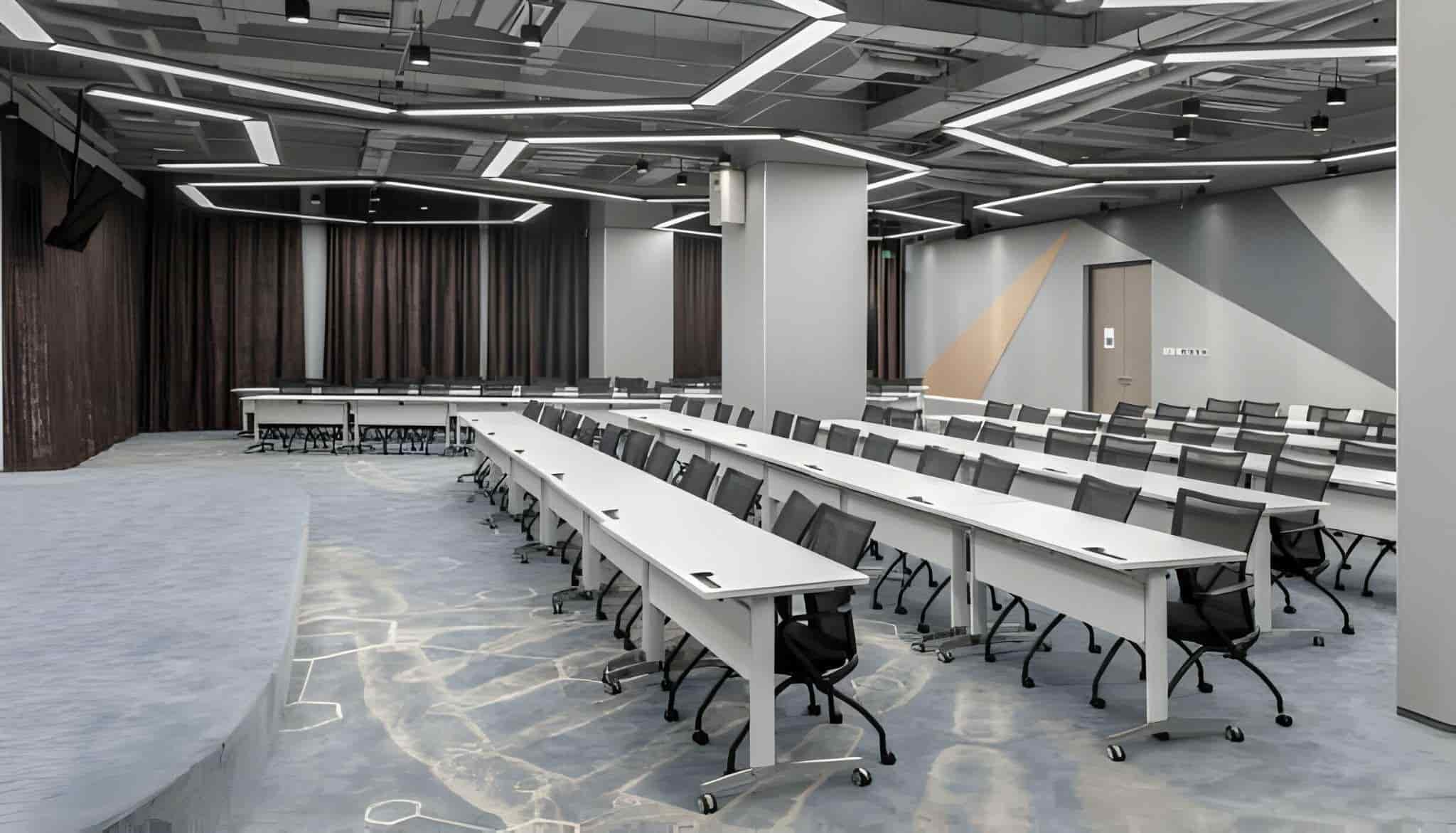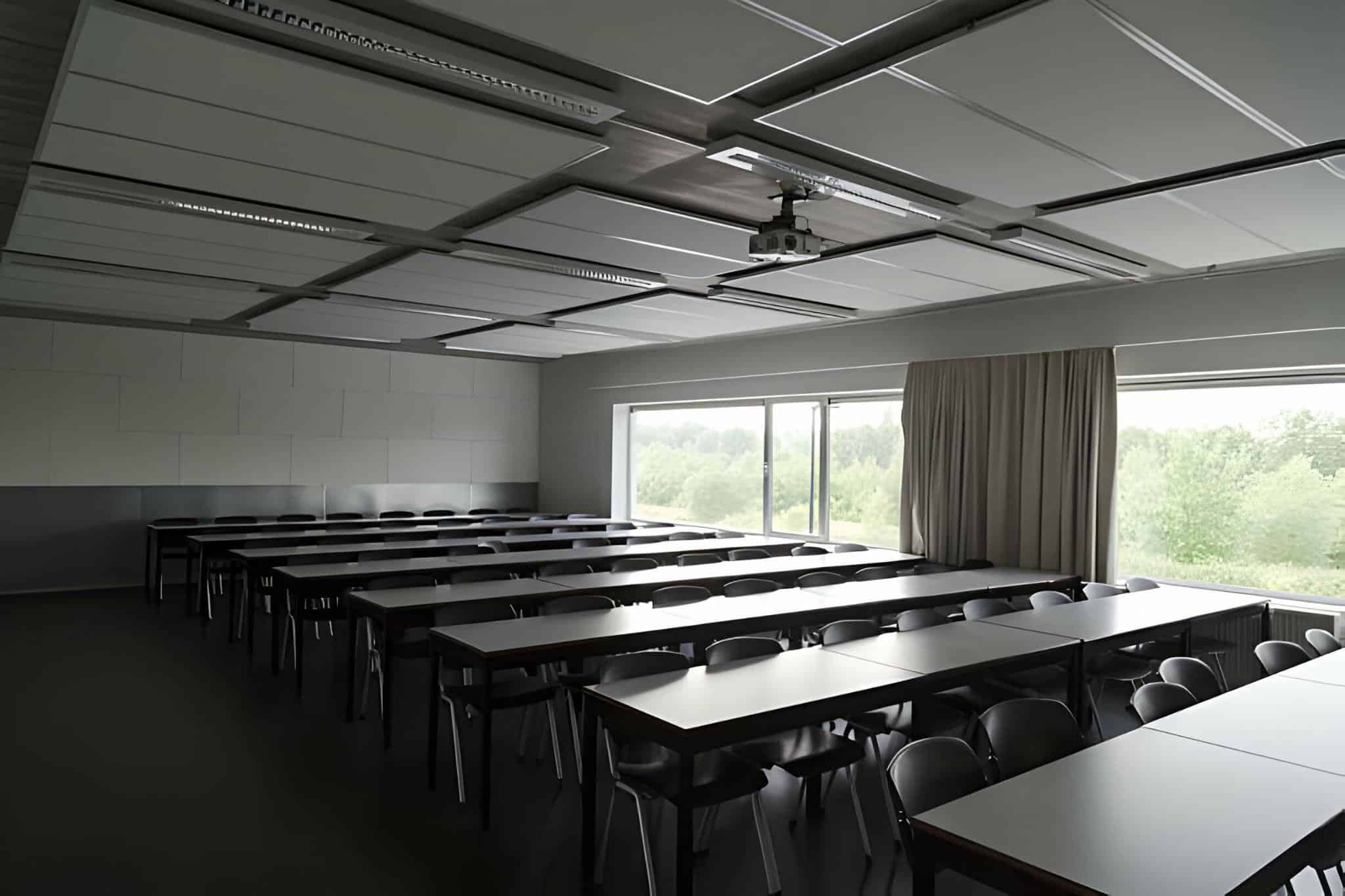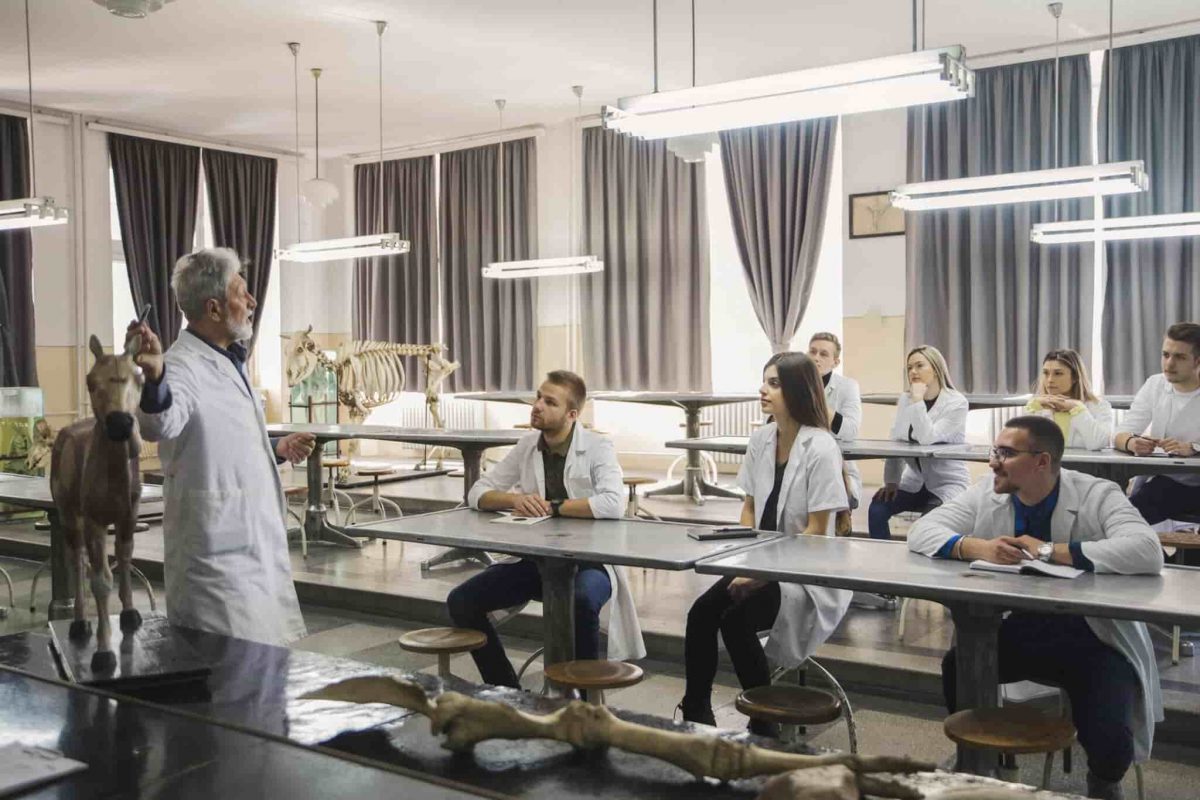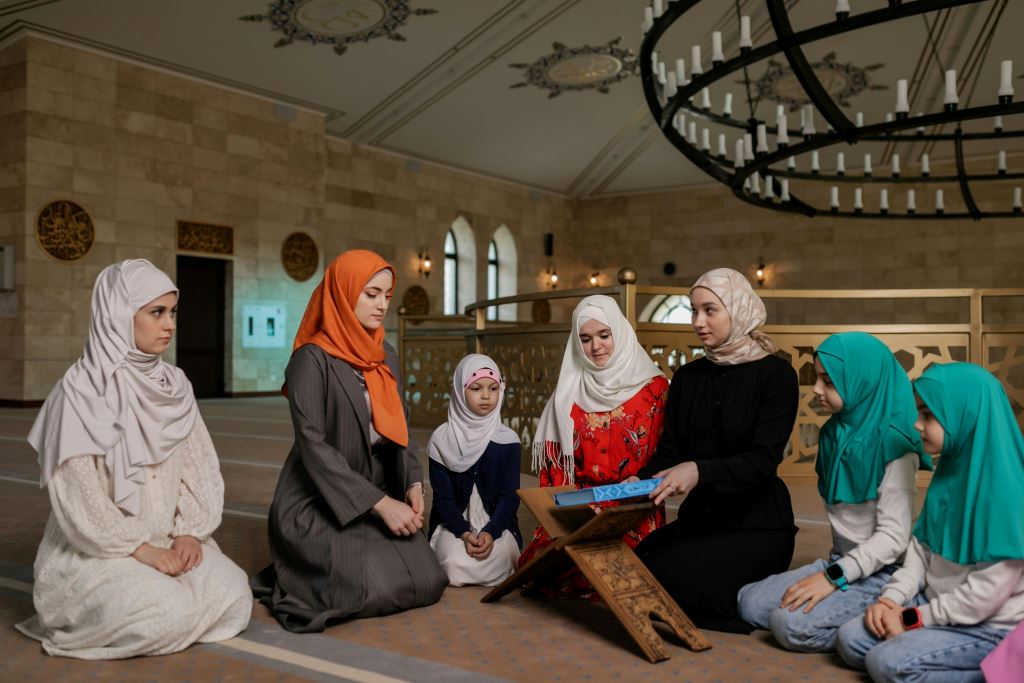In an era marked by rapid technological advancement, the integration of cutting-edge solutions like motorized drapes is reshaping traditional educational landscapes. These innovative additions promise to revolutionize classroom environments, offering a multitude of benefits and applications.
In this article, we embark on a journey to explore the vast potential of motorized drapes in educational settings, uncovering their ability to create dynamic and engaging learning spaces.
Join us as we delve deeper into the realm of motorized drapes and discover how they are reshaping the future of education, one classroom at a time.
Understanding the Need for Innovation in Education
Recognizing the imperative for innovation in education underscores the necessity to adapt to evolving learning paradigms, equip students with 21st-century skills, and foster a dynamic and engaging learning environment conducive to lifelong learning and success in an ever-changing world.
Challenges in Traditional Classroom Settings
- Traditional classroom environments often face challenges related to lighting control, privacy management, and energy efficiency. Manual adjustment of curtains or blinds can be time-consuming and cumbersome for teachers, distracting from instructional activities.
- Additionally, inadequate control over lighting conditions can impact students’ concentration and overall learning outcomes. These challenges underscore the importance of adopting innovative solutions to create more dynamic and adaptable learning spaces.
Limited Flexibility in Classroom Layouts
- Traditional classroom settings often feature fixed window treatments, limiting flexibility in classroom layouts and configurations. This rigidity can hinder collaborative learning activities, hinder instructional flexibility, and restrict the adaptation of spaces for various teaching methodologies.
- Implementing motorized drapes offers the flexibility to quickly and easily adjust lighting and privacy settings, enabling educators to create versatile learning environments tailored to diverse instructional needs and student preferences.

Role of Motorized Drapes in Classroom Environments
Motorized drapes revolutionize classrooms by providing seamless light control, improving audiovisual experiences, and fostering dynamic learning environments through automated adjustments, enhancing engagement for both students and educators.
Enhanced Lighting Control and Ambiance
- Motorized drapes offer precise control over natural light levels, allowing teachers to create optimal learning environments tailored to specific instructional needs. With the touch of a button or through automated scheduling, teachers can adjust the position of the drapes to regulate incoming sunlight.
- Reduce glare on digital screens, and create comfortable lighting conditions for students. This flexibility enhances visibility, reduces eye strain, and promotes a conducive atmosphere for focused learning.
Improved Classroom Management and Engagement
- By simplifying the process of adjusting window coverings, motorized drapes empower teachers to maintain better control over classroom dynamics.
- With the ability to quickly transition between open, closed, or partially shaded positions, teachers can manage transitions between different instructional activities seamlessly.
- Moreover, motorized drapes can serve as a visual cue for transitions, signaling shifts in focus or activity and helping to maintain student engagement throughout the learning process.
Energy Efficiency and Sustainability
- In addition to enhancing classroom functionality, motorized drapes contribute to energy efficiency and sustainability initiatives within educational institutions. By optimizing natural lighting and reducing reliance on artificial illumination, motorized drapes help conserve energy and lower utility costs.

- Furthermore, automated scheduling features enable schools to program drapes to adjust based on occupancy patterns, maximizing energy savings during non-utilization hours.
- This alignment with sustainable practices not only benefits the environment but also reinforces valuable lessons in environmental stewardship for students.
Implementing Motorized Drapes in Educational Settings
Implementing motorized drapes in education enhances classroom functionality by enabling convenient light control and promoting dynamic learning environments conducive to student engagement and success.
Integration with Smart Classroom Technologies
- Motorized drapes can be seamlessly integrated with existing smart classroom technologies to create more intelligent and responsive learning environments.
- Integration with lighting controls, audiovisual systems, and room occupancy sensors allows for coordinated adjustments that enhance the overall classroom experience.
- Furthermore, integration with centralized management platforms enables administrators to monitor and control drapery systems across multiple classrooms, ensuring consistent performance and operational efficiency.
Customization and Personalization Options
- Motorized drapes offer a high degree of customization to accommodate diverse classroom requirements and preferences. Schools can choose from a variety of fabric options, colors, and patterns to complement existing decor and branding.

- Additionally, motorized drapes can be customized with school logos, mascots, or educational motifs to reinforce school spirit and identity. This level of personalization enhances the aesthetic appeal of classrooms and fosters a sense of pride. And belonging among students and staff.
Conclusion
Motorized drapes represent a transformative innovation in classroom design and functionality. Offering a range of benefits for educators, students, and administrators alike.
By providing enhanced lighting control, improving classroom management, and promoting energy efficiency, drapes contribute to creating more dynamic and engaging learning environments.
Furthermore, their integration with smart technologies and customization options enables schools to tailor solutions to their specific needs and preferences.



